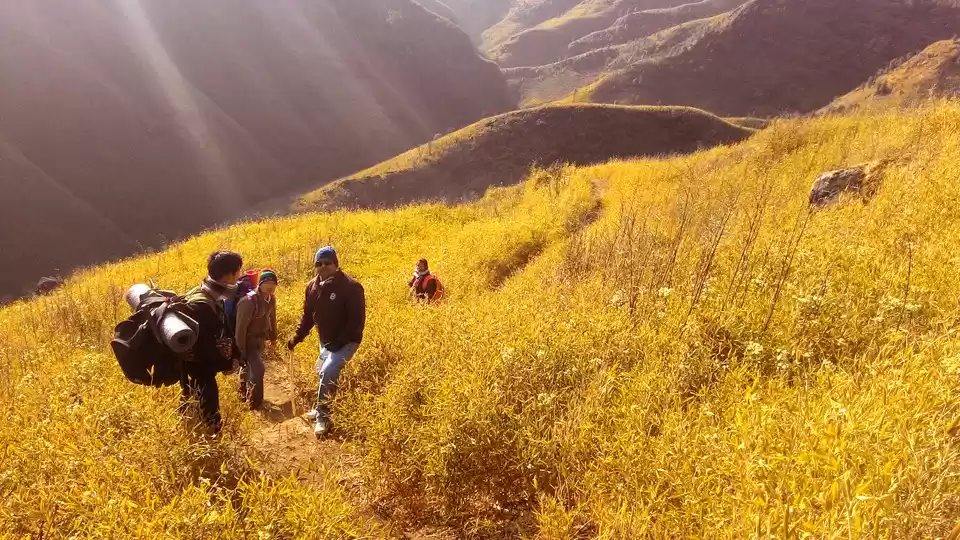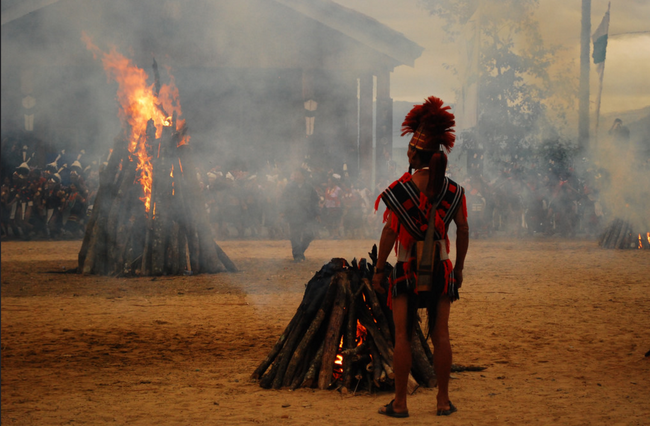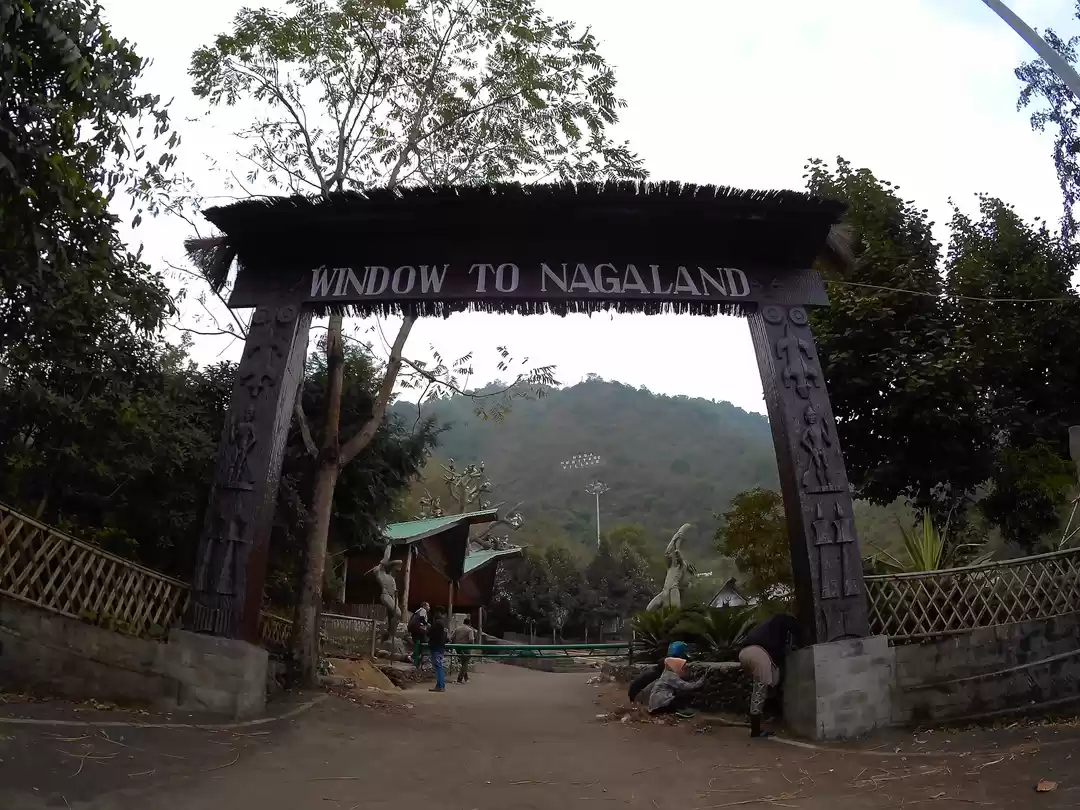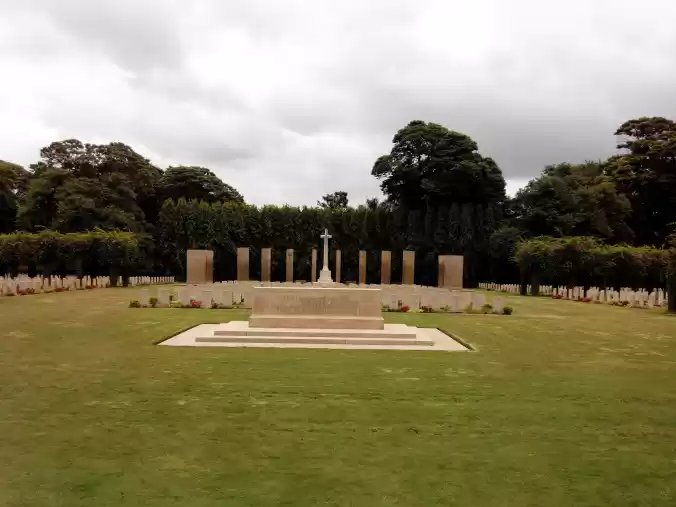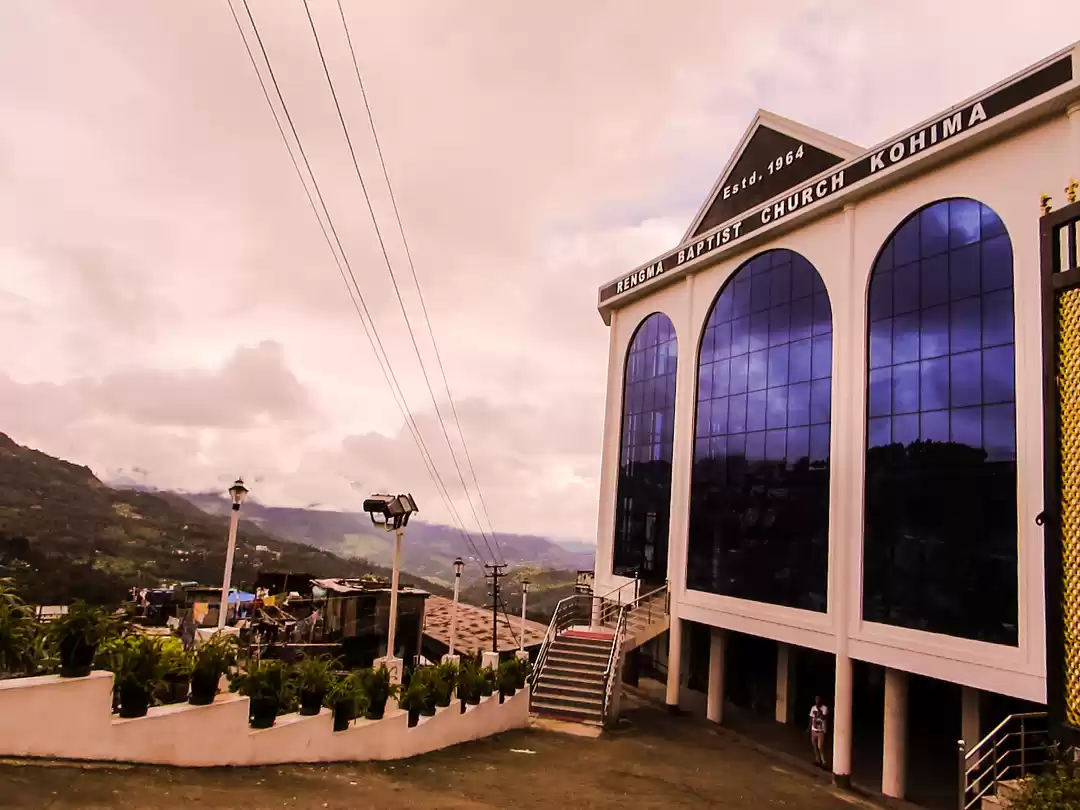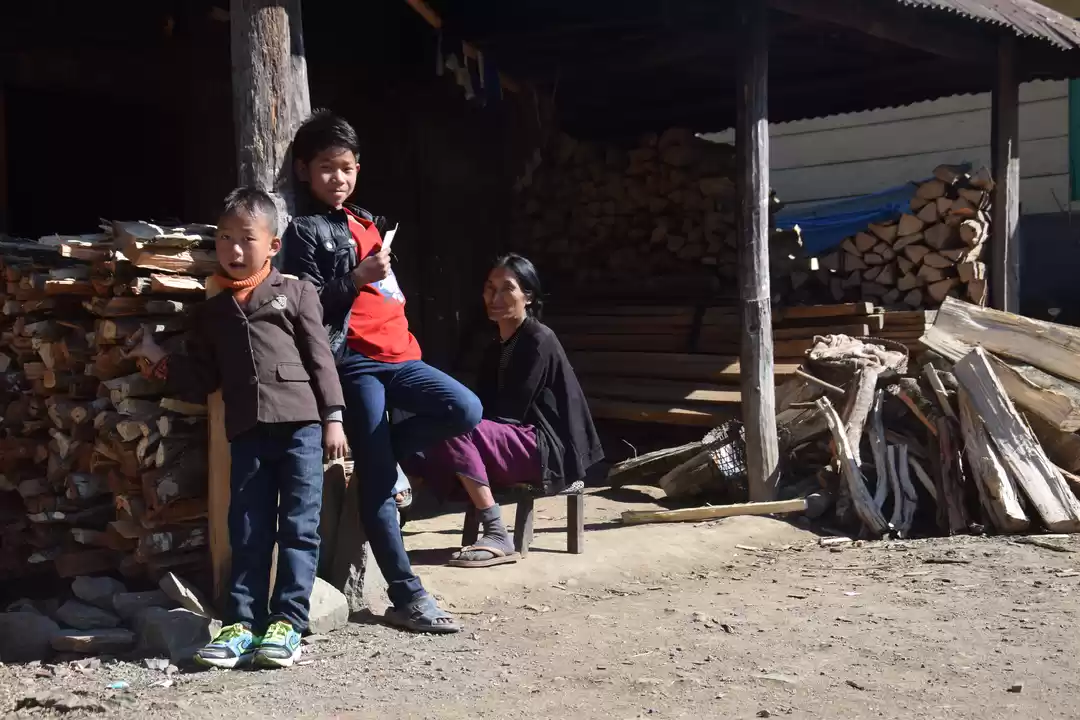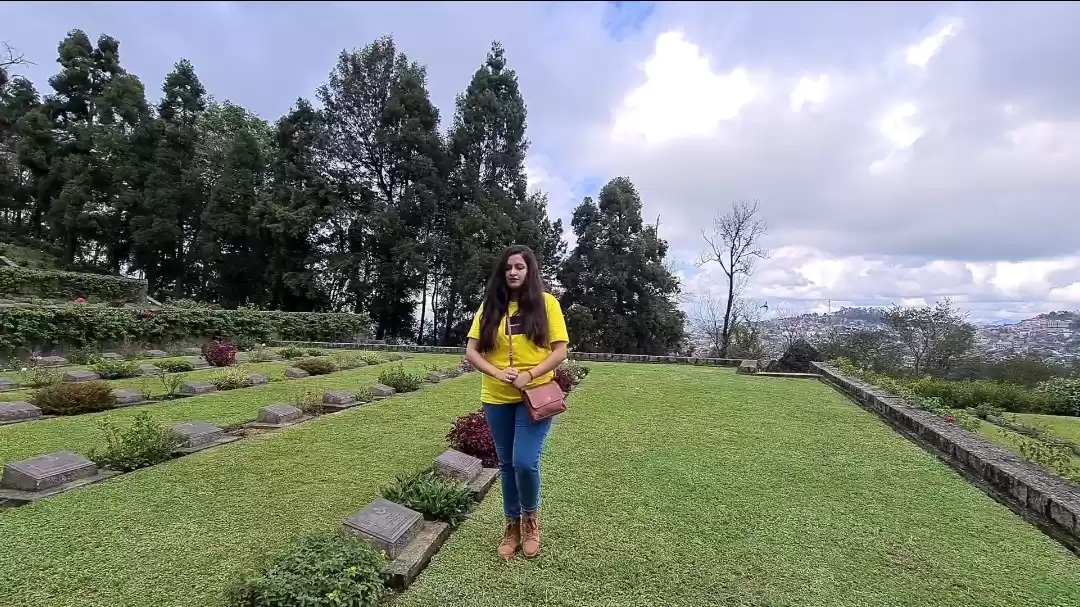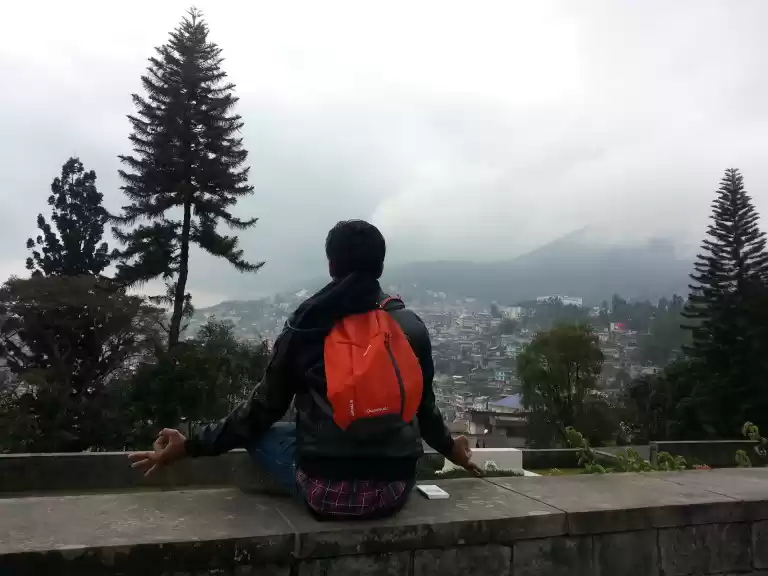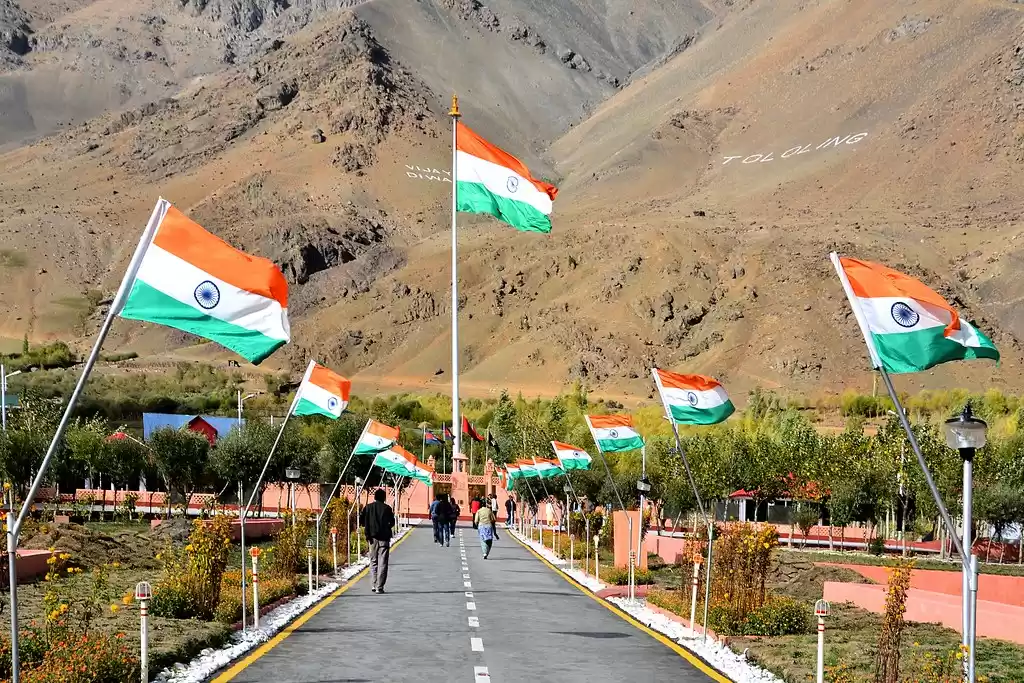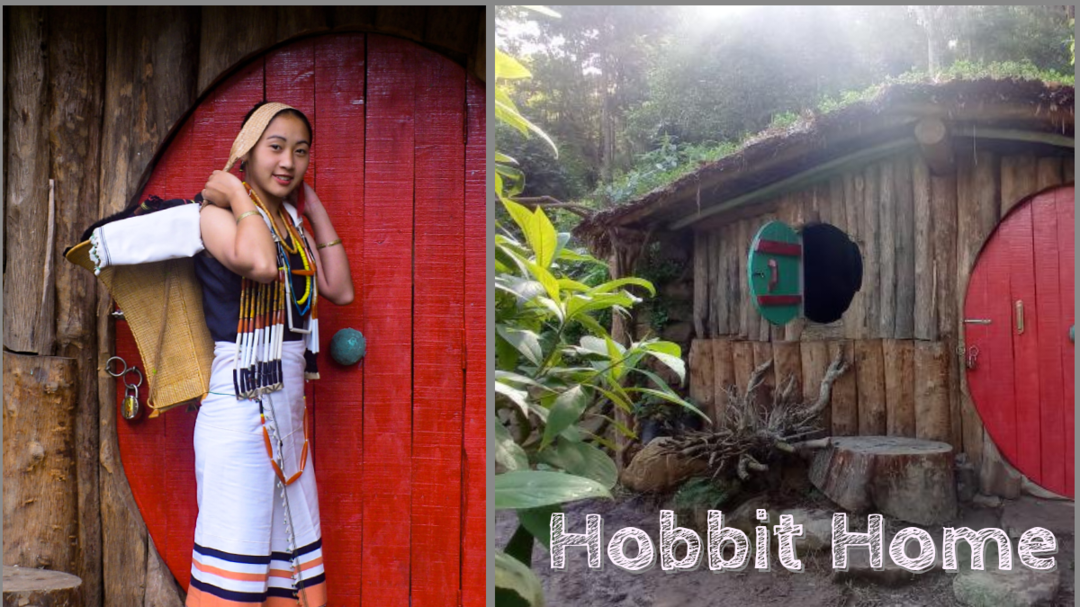Have you ever wondered what it would be like to walk among the graves of the brave men who fought and died for freedom and peace? If you are looking for a unique and meaningful travel experience, then you should visit the Kohima War Cemetery in Nagaland, a memorial to the soldiers who died in the Battle of Kohima, one of the fiercest and bloodiest battles in World War II.
The Kohima War Cemetery is located in the capital city of Nagaland, Kohima, on a hillside that overlooks the town. It is a serene and solemn place, where you can pay your respects to the fallen heroes and learn about their stories and sacrifices. The cemetery is also a symbol of peace and friendship, as it commemorates the soldiers from different Commonwealth nations who fought together against the Japanese invasion.
In this article, we will tell you everything you need to know about the Kohima War Cemetery, its history, significance, and features. We will also give you some tips and suggestions on how to plan your visit, what to expect, and what to do after visiting the cemetery. Whether you are a history buff, a nature lover, or a culture enthusiast, you will find something to enjoy and appreciate in this trip.
The Battle of Kohima: A Turning Point in World War II
The Kohima War Cemetery was created as a result of the Battle of Kohima, which took place between April and June 1944, during the Second World War. The battle was part of the Burma Campaign, in which the British and Indian forces tried to stop the Japanese advance into India.
The battle was fought in and around the town of Kohima, which was then the headquarters of the Naga Hills District of Assam. The Japanese forces, led by Lieutenant General Kotoku Sato, attacked the town with the intention of capturing the strategic road and airfield that connected India and Burma. The British and Indian forces, led by Lieutenant General William Slim and Major General Orde Wingate, defended the town with the help of the local Naga tribesmen.

The battle was a brutal and bloody affair, as both sides engaged in close-quarter combat, often hand-to-hand, in the streets, buildings, and hills of Kohima. The battle is also known as the “Stalingrad of the East”, as it involved fierce fighting for every inch of ground, similar to the Battle of Stalingrad in Russia. The battle lasted for 64 days, and resulted in heavy casualties on both sides. The Japanese forces suffered more than 15,000 deaths, while the British and Indian forces lost more than 4,000 lives.
The battle was a turning point in World War II, as it marked the first major defeat of the Japanese forces in the eastern front. The battle also prevented the Japanese from cutting off the Allied supply lines and invading India. The battle also boosted the morale and confidence of the British and Indian forces, who went on to recapture Burma and push the Japanese back to their homeland.
The battle was also a significant event in the history and culture of Nagaland, as it brought the Naga people into the limelight of the world. The Naga people, who were then living in a remote and isolated region, showed their courage, loyalty, and hospitality to the Allied forces, who were fighting for their freedom and security. The Naga people also suffered from the atrocities and hardships of the war, as they lost many of their homes, lands, and lives. The battle also paved the way for the Naga people to assert their identity and autonomy, as they began to demand more political and social rights from the Indian government.
The Kohima War Cemetery: A Symbol of Peace and Sacrifice
The Kohima War Cemetery was built in 1949, by the Commonwealth War Graves Commission, to honor and remember the soldiers who died in the Battle of Kohima. The cemetery is situated on the slopes of Garrison Hill, where some of the fiercest fighting took place. The cemetery covers an area of about two acres, and contains 1,420 graves, of which 917 belong to Indian soldiers, 335 to British soldiers, and 168 to other Commonwealth soldiers, such as Canadians, Australians, and Africans.
The cemetery is designed in a terraced fashion, with four main sections, each containing rows of identical white headstones, arranged in a neat and orderly manner. The headstones bear the names, ranks, regiments, and dates of death of the soldiers, as well as their religious symbols and personal messages from their families or friends. Some of the headstones are marked as “Known unto God”, indicating that the identity of the soldier is unknown.
The cemetery also features a memorial, which stands at the highest point of the hill, overlooking the town of Kohima. The memorial is a tall stone pillar, with a bronze plaque on each side, bearing the names of more than 900 soldiers whose bodies were never recovered or identified. The memorial also has a famous inscription, which reads:
''When You Go Home, Tell Them Of Us And Say, For Your Tomorrow, We Gave Our Today"
The inscription is a quote from a poem by John Maxwell Edmonds, and is a poignant reminder of the sacrifice and bravery of the soldiers who laid down their lives for the future of others.
The cemetery is also adorned with various flowers, plants, and trees, which add to its beauty and tranquility. The cemetery is surrounded by a low stone wall, with a wrought iron gate at the entrance. The cemetery is well-maintained and guarded by the Indian Army, who also conduct a daily flag-hoisting ceremony at the memorial.
The cemetery is not only a place of mourning and remembrance, but also a place of peace and reconciliation. The cemetery is visited by thousands of tourists, pilgrims, veterans, and dignitaries every year, who come to pay their respects and learn about the history and significance of the battle and the cemetery. The cemetery is also a symbol of friendship and cooperation, as it commemorates the soldiers from different nations and cultures who fought together for a common cause. The cemetery also fosters a sense of respect and gratitude among the visitors, who appreciate the value of freedom and peace that the soldiers fought for.
Nearby Attractions: Explore the Beauty and Culture of Nagaland
After visiting the Kohima War Cemetery, you can also explore the nearby attractions that showcase the beauty and culture of Nagaland. Nagaland is a state in northeastern India, which is home to 16 major tribes, each with its own distinct language, customs, traditions, and festivals. Nagaland is also known for its rich biodiversity, scenic landscapes, and adventurous activities. Here are some of the popular places to visit near the Kohima War Cemetery:

Japfu Peak:
Japfu Peak is the second highest peak in Nagaland, located about 15 km from Kohima. It is a popular trekking destination, as it offers a panoramic view of the surrounding hills and valleys. The peak is also famous for its rhododendron forests, which bloom in various colors during spring. The peak is also home to the world’s tallest rhododendron tree, which stands at 130 feet and is more than 130 years old.
Kohima Heritage DC Bungalow:
Kohima Heritage DC Bungalow is a historical building, located about 2 km from the Kohima War Cemetery. It was built in 1898, by the British Deputy Commissioner of Naga Hills, Sir Charles Pawsey. The bungalow is a fine example of colonial architecture, with wooden floors, fireplaces, and verandas. The bungalow also played a crucial role in the Battle of Kohima, as it served as the headquarters of the British and Indian forces. The bungalow is now a museum, which displays various artifacts, photographs, and documents related to the battle and the history of Nagaland.
Kohima Touphema Village:
Kohima Touphema Village is a cultural village, located about 40 km from Kohima. It is a replica of a traditional Naga village, which showcases the lifestyle, culture, and heritage of the Naga people. The village consists of several huts, each representing a different tribe, such as the Angami, the Ao, the Lotha, etc. The village also has a museum, a craft center, a restaurant, and a souvenir shop. The village also organizes cultural programs, such as folk dances, music, games, and festivals, for the visitors.
The Kohima War Cemetery is a must-visit destination for anyone who wants to experience a unique and meaningful travel experience. The cemetery is a tribute to the fallen heroes of World War II, who fought and died for freedom and peace. The cemetery is also a symbol of peace and friendship, as it commemorates the soldiers from different Commonwealth nations who fought together against the Japanese invasion. The cemetery is also a place of learning and appreciation, as it teaches the visitors about the history and significance of the battle and the cemetery.
If you are planning to visit the Kohima War Cemetery, you can also explore the nearby attractions that showcase the beauty and culture of Nagaland. Nagaland is a state in northeastern India, which is home to 16 major tribes, each with its own distinct language, customs, traditions, and festivals.



















